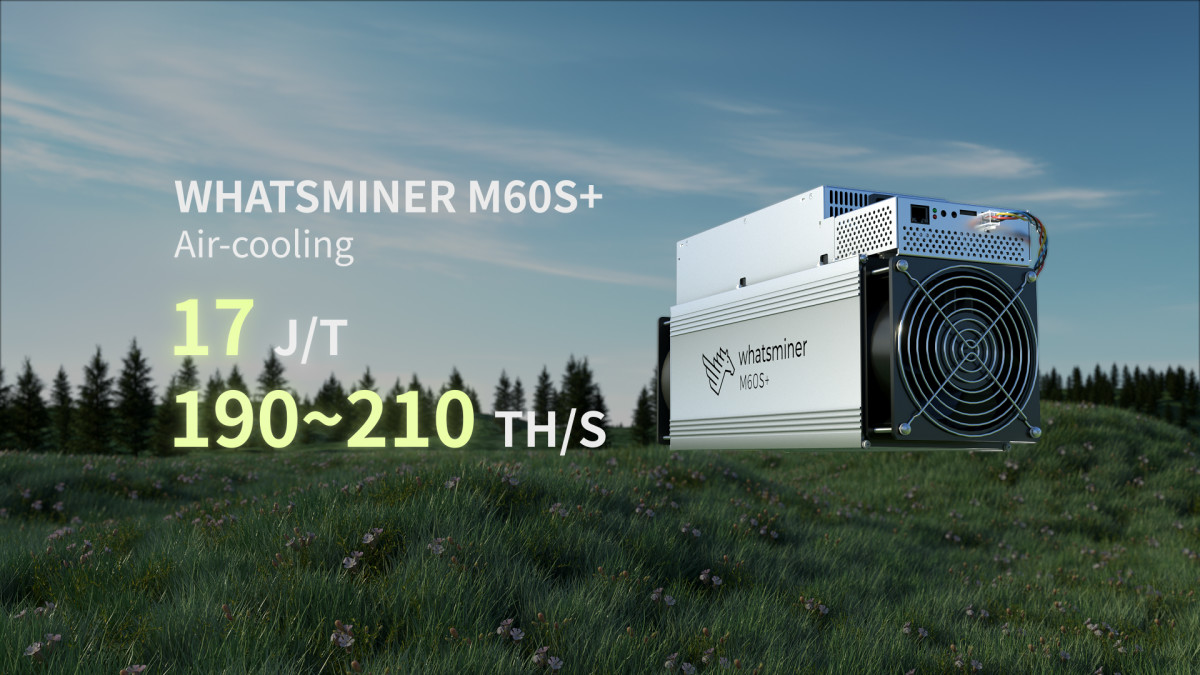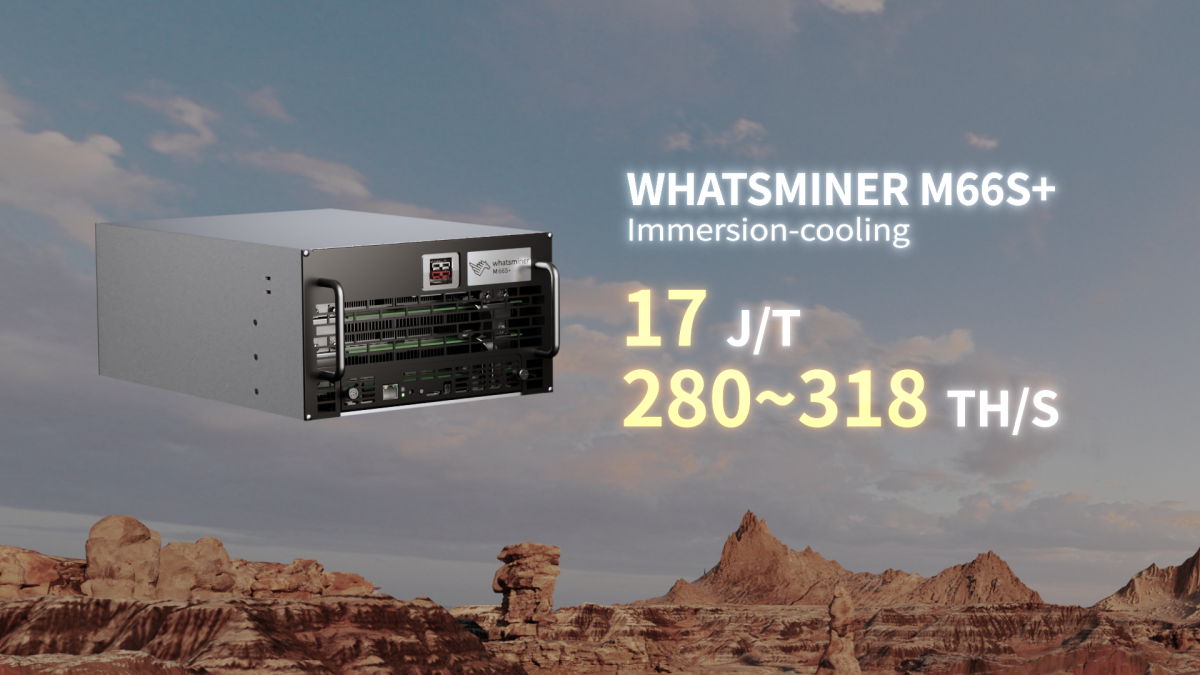"Golf is deceptively simple and endlessly complicated; it satisfies the soul and frustrates the intellect. It is at the same time rewarding and maddening - and it is without a doubt the greatest game mankind has ever invented." - Arnold Palmer
This quote from one of golf’s greatest is reminiscent of the bitcoin journey in many ways. At first glance, these two inventions might seem entirely unrelated, but they share intriguing parallels. The principles of golf can offer valuable insights into bitcoin, and understanding bitcoin can shed light on the intricacies of golf.
In both pursuits, achieving a certain threshold of time and understanding is like gaining admission into an exclusive club. Until that point, it can be extremely frustrating and seemingly meaningless; and after, equally rewarding as it is maddening to be a part of. But whether it’s money or a game, both without a doubt are the greatest mankind has ever invented.
Most amateur golfers know how hard it is to play well consistently. It takes hard work, longevity, grit, and mental fortitude that can only be forged over years of dedication. For many, it is a lifelong journey. There is no substitute for hashing away on the driving range, ball after ball. The parallels to a personal bitcoin journey run deep. Success in golf and bitcoin is a product of a low time preference, proof of work, and minimizing mistakes.
A low time preference is essential
Golf is a hard journey. One that requires patience, discipline, and perseverance. Playing the game isn’t about the end destination, but the process along the way. That process has as much to teach us about ourselves as it can teach us the importance of looking out for our future selves.
Understanding the importance of bitcoin isn’t for the faint of heart. Learning what money is, what the problem with the money is today, and why bitcoin solves that problem takes time. But the fact that it’s hard is what makes it worth pursuing. After all, if it were easy, everyone would do it.
Worthwhile challenges come with obstacles, and this couldn’t be better represented in both bitcoin and golf. There are false peaks of understanding where good judgment lapses and hasty assumptions are made. There are snake oil salesmen offering shortcuts or “get rich quick” schemes along the way. And either way you spin it, ego is just another handicap.
Golf and bitcoin are incredibly humbling endeavors. Those who inevitably experience the pitfalls along the road learn that each is not about the end destination, and in fact, that they may never have one. But that journey can be incredibly rewarding in and of itself.
Once I understood bitcoin, the power I gained from using it as my primary form of savings trickled into other parts of my life. I suddenly became more interested in enhancing other parts of my life, like my health and my relationships with friends and family. I simply became happier, and generally, more optimistic toward the future. It’s a feeling that reminds me of a quote from Bobby Jones, one of the greatest golfers to ever play the game,
“The most important shot in golf is the next one.”
Golf is different from most other sports in that you can play it most of your life. Some sports are high-time preference in the sense that they are optimized for a short amount of time, typically a couple years, or even for a single game. Golfers know when they step onto the practice range or off the first tee that the goal isn’t to hit the longest drive or to shoot their best score. But instead, to get just a little better every time. The confidence gained from this approach is foundational to having the conviction necessary to not only survive, but thrive when the going gets tough...and it will get tough!
In Ben Hogan’s book, “Five Lessons,” a book I’d liken to “Mastering Bitcoin” but for the game of golf, he describes a shot that he hit on the 72 hole of a tournament in 1950 at the Merion Golf Club. The shot was a 5 iron from 200 yards away up a severe hill to a sloping green. The ball landed close enough to the pin to force a playoff and ultimately led him to winning the championship.
“I bring up this incident not for the pleasure of re-tasting the sweetness of a “big moment” but, rather, because I have discovered in many conversations that the view I take of this shot (and others like it) is markedly different from the view most spectators seem to have formed. They are inclined to glamorize the actual shot since it was hit in a pressureful situation. They tend to think of it as something unique in itself, something almost inspired, you might say, since the shot was just what the occasion called for. I don’t see it that way at all. I didn’t hit that shot then - that late afternoon at Merion. I’d been practicing that shot since I was twelve years old.”
Both golf and bitcoin reward individuals with a low time preference. Grasping and embracing this principle is essential for achieving better scores and greater enjoyment of the game. Faking a good golf swing is about as likely to happen as faking a bitcoin transaction, it simply cannot be done. This is why developing a strong golf game requires the same crucial element as sound money: proof of work.
There is no substitute for proof of work
The importance of proof of work in bitcoin, and in money generally, cannot be overstated. Money must be tied to the universal truth that nothing in this world is free. Success in golf is no different.
Becoming a professional golfer might be out of reach for most of us, but we can still adopt a low time preference approach to improving our skills. Whether you are aiming to go pro or just trying to break 90, consistent effort is essential. There's no substitute for hitting hundreds or thousands of balls on the driving range, each swing aimed at perfecting your shot.
Developing a good golf game is like solving a puzzle. You must persist, swing by swing, making incremental adjustments until you find the solution—at least for that one swing or that one day. The challenge is that each new day brings different variables. You might be battling an injury, or the weather might create different playing conditions. These changes require slight tweaks to your game, and once again, you have to work through the puzzle.
Bitcoin mining is often described as solving a complex puzzle as well. Each block template is unique, and miners must tweak the nonce repeatedly until they discover the right input to hit the target. Doing so unlocks great rewards, but only if you can prove to the network you’ve expended the required work. This process links bitcoin’s ledger to real-world energy use, safeguarding its transaction history with an unforgeable costliness. The result of that work—a valid cryptographic hash below the difficulty target—can be easily verified by other players in the game. Achieving a low score for a round of golf is hard, but it’s easy for your playing partner to attest to your scorecard.
When you watch the average Saturday morning hacker, it's clear that the level of work required to compete at the highest level hasn't been met. The pros make it look easy, but achieving that level of skill requires significant investment over a long period. Winning a golf tournament involves a lot of hard work and a bit of luck, much like bitcoin mining.
Golf, like bitcoin, is a game that can only be mastered through proof of work. With a low time preference established and a massive amount of work invested, there’s another key concept to drive consistently lower golf scores: don’t make mistakes!
Don’t make mistakes
“Golf is a game of minimizing mistakes.” - Ben Hogan
Launch your drive somewhere in the fairway, hit your approach shot somewhere on the green, and get the ball in the hole in two putts...a successful par. Like shooting par on 18 holes, holding bitcoin is simple in concept but not easy in practice. Both require avoiding errors rather than achieving perfection. The key to success in bitcoin and golf is simple: don’t make mistakes.
Most golf fairways have a width between 25-65 yards. This means you do not have to hit a perfect shot to hit the fairway. In fact, you have a fairly wide range of shots that you can hit, and it would still put you in a sufficient spot to hit the green on the next shot. The same applies to a green. While it varies by course, the typical width of a putting green is around 25 yards. Again, this means you do not have to hit a perfect approach shot to hit the green. A wide range of shots will do. For both driving and approach shots, you do not need to hit the perfect shot. You simply need to not hit a bad shot.
Various elements can induce mistakes or mishaps on the golf course, such as wind, water, sand, rough, trees, and all sorts of other hazards. Success in any round of golf depends on a thoughtful approach. Course management and keeping your misses small, so that you can easily recover from them, are critical to achieving a low score. Perfection is not required, but fault tolerance is.
The same is true in your bitcoin journey. Hazards appear in the form of market volatility, adoption waves, and phishing attacks. Bitcoin “yield” products will tempt you to “overswing your driver” for a little bit of extra distance, and the trading gurus make going for the well-protected flag seem easy.
But your only job when it comes to holding bitcoin is to prevent yourself from making mistakes that cause you to lose it.
The foundation of your bitcoin course management is holding your own private keys in a fault-tolerant way and putting a succession plan in place. Avoid trying to time the market, trade bitcoin’s volatility, or search for a few extra points of yield. These are all near-certain ways to shank the proverbial BTC ball into the woods. You simply need to hold your bitcoin securely and keep your private keys private.
Final Thoughts
The parallels between golf and bitcoin offer valuable lessons for those embarking on either journey. They are each long-term pursuits that must be approached with a low time preference. The proof of work concept is central to both, emphasizing that consistent effort and dedication are the only paths to success. Finally, the importance of minimizing mistakes cannot be overstated in either domain. As you navigate your bitcoin journey, adopt the mindset of a seasoned golfer, and make sure you always play from the fairway.
P.S. If you are a golfer who loves bitcoin, join us for the inaugural Bitcoin Golf Championship on July 24th in Nashville!
https://bitcoingolfchampionship.com/
This is a guest post by Rocky Wold, Joe Burnett, and Trey Sellers. Opinions expressed are entirely their own and do not necessarily reflect those of BTC Inc or Bitcoin Magazine.
via
bitcoinmagazine.com








